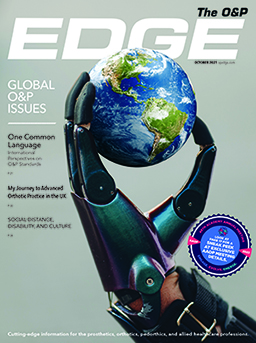Finding Opportunity in Disruption
September 21, 2021
There is a 2016 Psychology Today article that talks about the Kafka effect that seems to show that unexpected change can inspire a psychological superpower. Not long ago, researchers at the University of British Columbia tested this theory with an experimental group and a control group. In summary, those in the experimental group who were placed in non-sensical, unexpected situations outperformed the others in tasks like pattern recognition. In another study, Samantha Heintzelman, PhD, and Laura King, PhD, found that when people believed their lives made sense, they let their intuition guide their actions. But during times when they did not feel life was as meaningful, their brains shifted gears. They wrote, "Before a trauma, a person was likely on auto-pilot, relying on intuitive processing. However, after a traumatic event, effortful processing may be crucial to making or reinstating meaning."
We are in a time today none of us would have predicted before January 2020. Our paradigm has shifted, and we all have to find new ways to do things. I encourage you to tap into your "salience network." Heintzelman and King describe it like this: "When we detect something that doesn't make sense—a cluster of brain functions called the salience network immediately activates a powerful set of cognitive skills that go to work finding other meaningful patterns around us. Once it starts, your brain won't stop looking until it finds something to fill the void in meaning. If your brain can't find a good reason to explain [the incongruencies], it will start looking elsewhere—with extraordinary intensity and ability. It will identify unrelated patterns and connections between ideas and objects that were probably always right in front of us, but we just never noticed."
Don't hide from our new reality. Figure out the best way forward. What new efficiencies have you found? Did you really need 15 follow-ups for the AFO? Can you actually teleconference with the physician while you are seeing the patient? What are the real goals with both your patients and your practice? And are there other, possibly better ways to achieve them, now that you are not locked into your old paradigm?
What revolutionary theory of O&P practice management and patient care will your salience network uncover?






-
-
-
-
CONTACT US